Revival in manufacturing – The elephant is ready to dance
February 22, 2022 6:38 pm
Government promise of a stable tax regime is further encouraging companies to accelerate their expansion plans and create capacities in-line with global scale.
India has foregone multiple opportunities in the past to become a manufacturing hub having lost out to countries across East Asia as well as South-East Asia. China’s near monopoly status over parts of supply chain and manufacturing products is waning and is expected to decline. A resurgent Indian manufacturing sector is building capabilities to make the most of this opportunity.
Manufacturing in India has had a tumultuous track record. From a point where India contributed ~2.2 percent of global merchandise exports at independence to less than 0.5 percent in 1970s and back to ~2 percent in 2020, the journey has been marked by either indifference orincompetence or in certain cases active sabotage by governments/ regulatory authorities.
While China was building capacities to become a global manufacturing hub across sectors by integrating itself within global supply chains, we were trying to get past the long shadow of license-permit raj. Indian manufacturing industries and most industrialists suffered not only from lack of capital but also from stunting of ambition caused by inability to manage this ‘eco-system’. An influx of imported manufactured goods meant that they had to learn to either compete or collaborate or shut shop and while a sizable proportion of Indian entrepreneurs dug in their heels (of which some got reduced to margins), few others saw the writing on the wall and decided to collaborate/ sell their business.
We saw Indian industry trying to break through these challenges during 2002-2008, with capital formation in private sector recording CAGR of ~38 percent utilized towards building world-scale facilities, addressing key infrastructural bottlenecks and making ambitious attempts to reach global scale. A trifecta of global financial crisis which made capital scarce, government apathy and demand slowdown led to a decline in pace of gross capital formation and the slowdown was further accentuated by ill-timed decisions of demonetization, poorly implemented GST and then global demand destruction in 2020.
Table 1: Private sector Gross Capital Formation at Current Prices
| Period | Growth (CAGR) |
| 2002 – 2008 | ~38% |
| 2008 – 2013 | ~1% |
| 2014 – 2020 | ~7% |
Source: RBI data
Global dissonance with China coupled with the near monopolistic position they enjoy in large parts of manufacturing value chain and focus of China to decarbonize their economy is leading to massive shifts in global supply chains and Indian manufacturing companies which have used the slowdown to repair balance sheets, becoming lean and further aligning their processes with global standards can provide an ideal alternative to China.
Government policies to encourage manufacturing in India viz. PLI scheme, rapid improvements in ease of doing business in India, improved tax compliance and promise of a stable tax regime is further encouraging companies to accelerate their expansion plans and create capacities in-line with global scale.
These shifts have started reflecting in order books and capex plans across large swathes of Indian manufacturing eco-system. Capital goods companies are witnessing strongest order books in the last decade with waiting times for basic metal cutting machines increasing to nearly 4 months. We see India at the cusp of multi-decade capex cycle similar to 2002-2008 which will help India move closer to the USD 5 trillion mark for GDP and 5 percent share in global merchandise exports.
Investors are showing a renewed interest in the sector and are willing to provide equity to fund growth as demonstrated byrecent NFOs like Kotak Manufacture in India Fund as well as marked shift in preference by PE investors to invest across the sector. This coupled with anemic credit growth witnessed by Indian banks is driving Indian lenders to reevaluate their loan mix towards corporate/ SME/ MSME lendingwhich provides an ideal backdrop to finance the expected spurt in capex.
The Indian elephant is all geared to dance and it cannot afford to miss the party this time.
Authored by:
Mr. Munish Aggarwal,
Director -Investment Banking , Equirus
Cookie Consent
We use cookies to personalize your experience. By continuing to visit this website you agree to our Terms & Conditions, Privacy Policy and Cookie Policy.




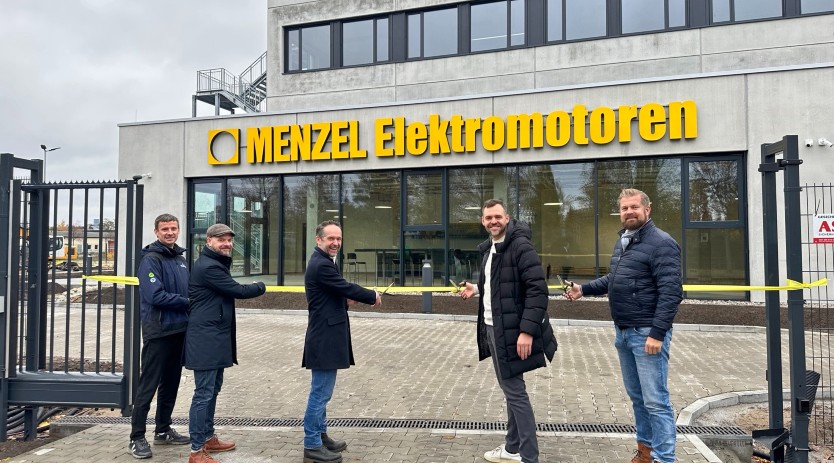
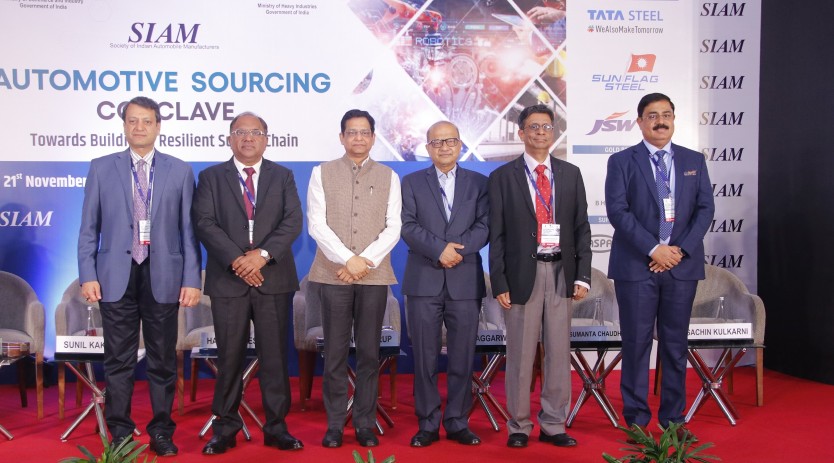
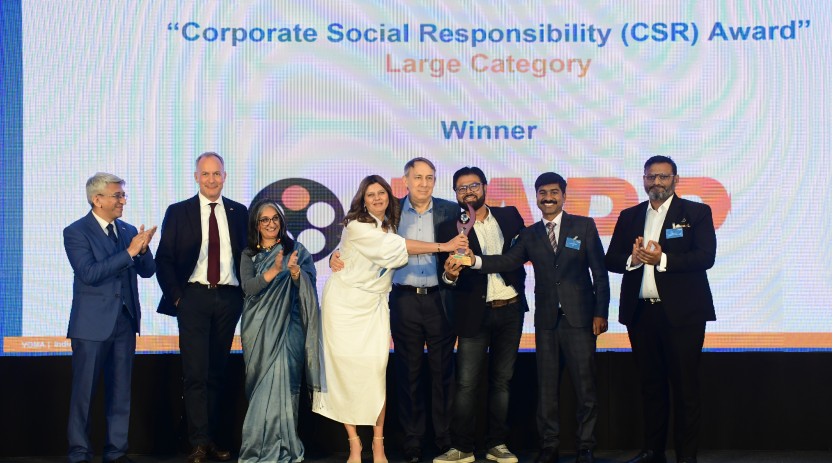



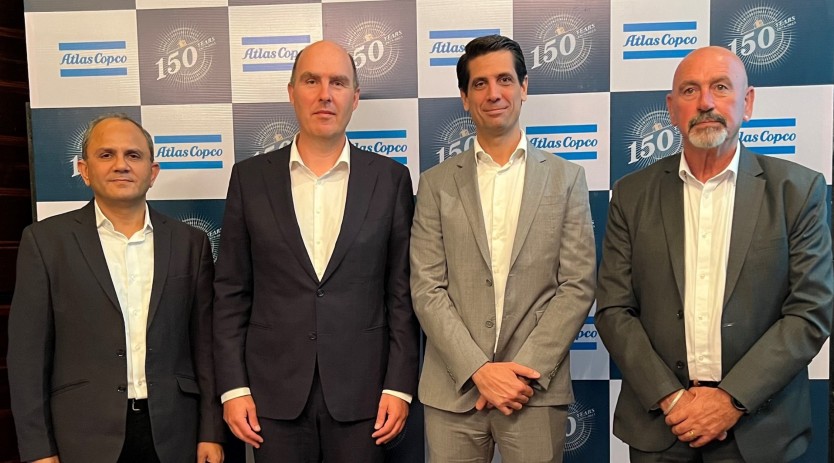
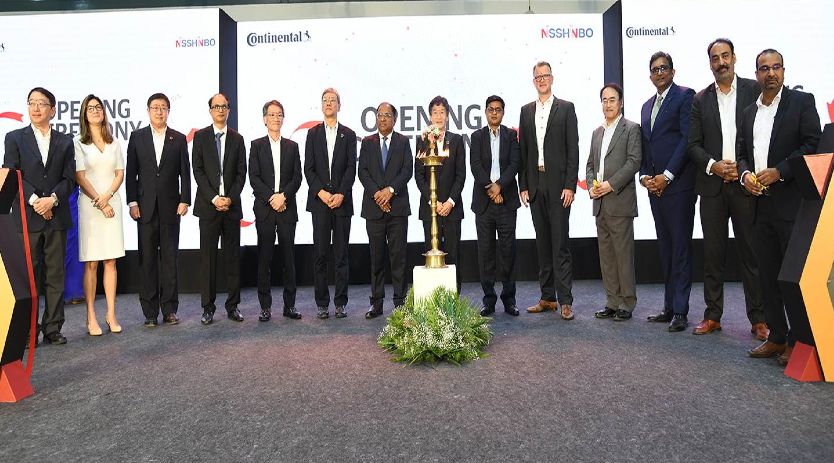

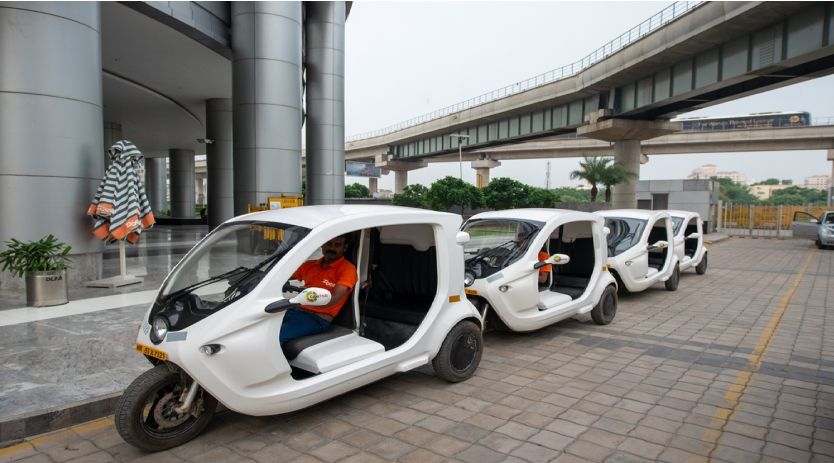



 English
English Hindi
Hindi